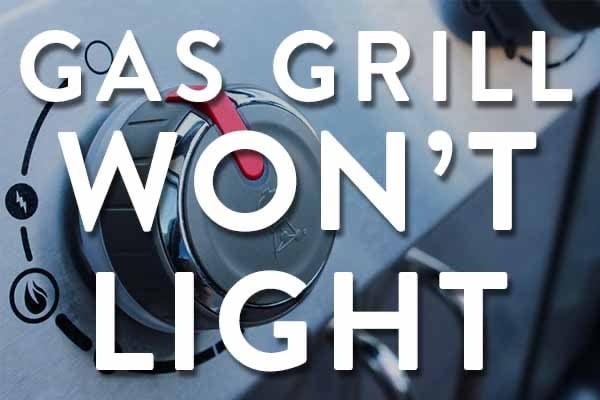
Gas Grill Won’t Light
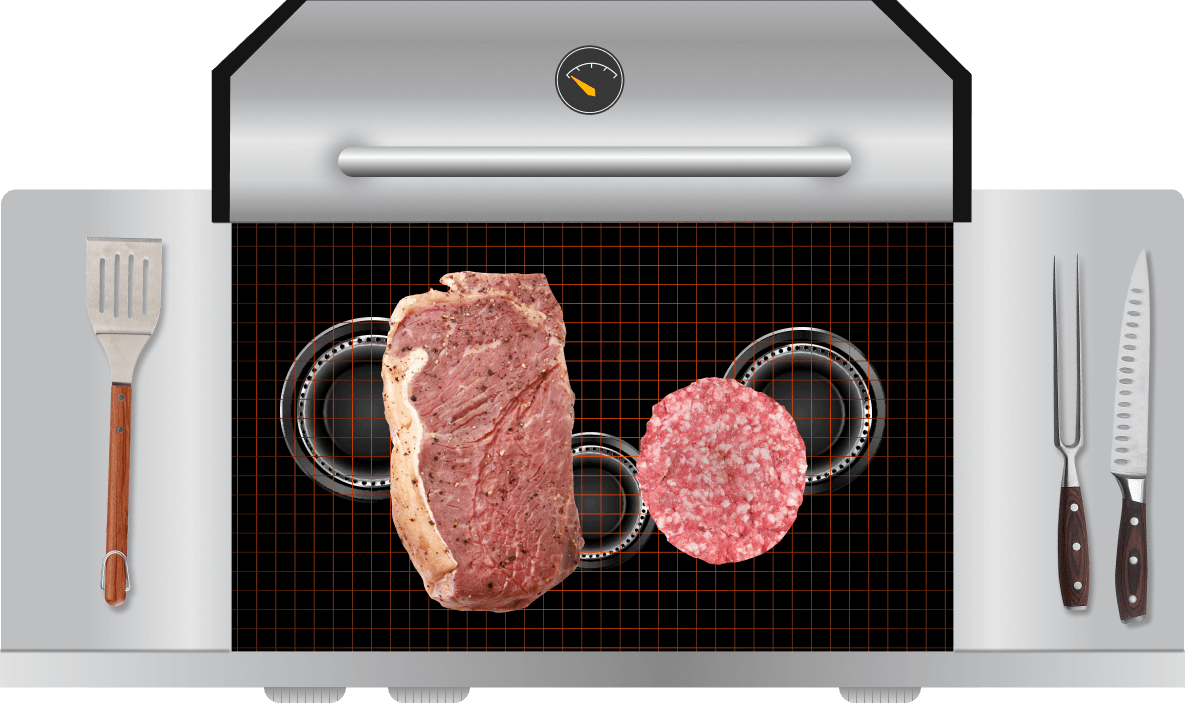
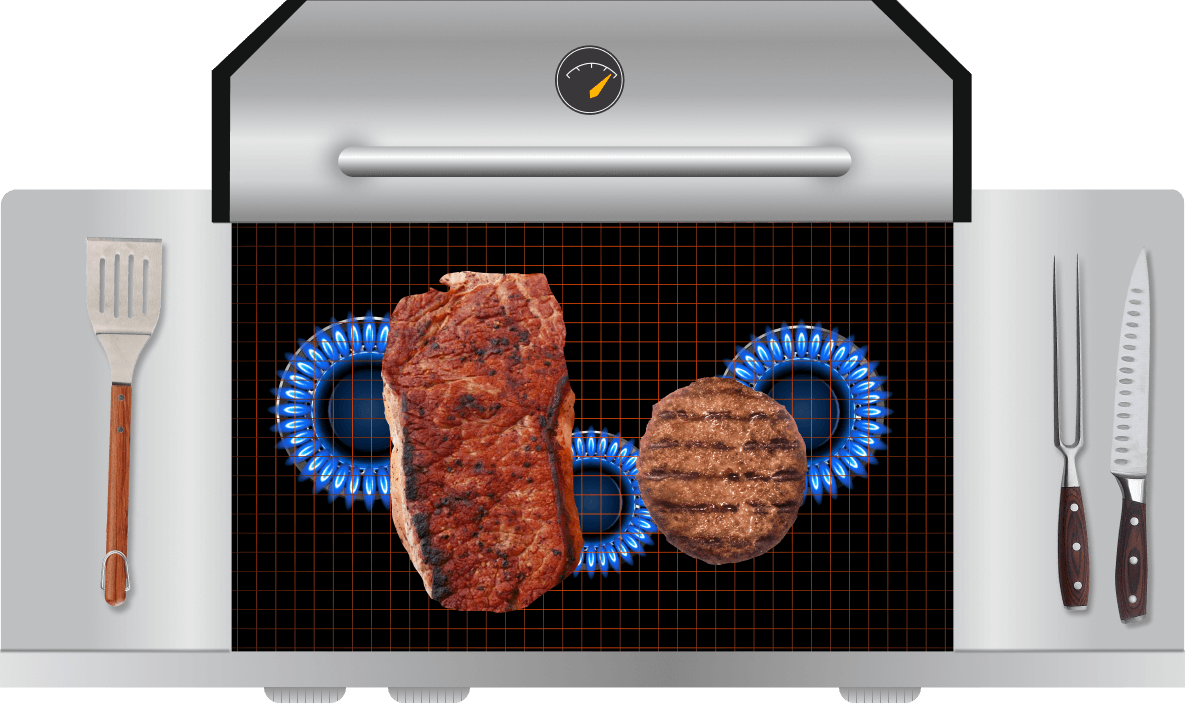
Gas grills are as all-American as hotdogs at a baseball game, and can certainly be used to create a variety of such culinary delights right in your backyard. From seared steaks to burger patties, vegetable kebabs to racks of ribs, the options for your BBQ are nearly endless and very delicious.
But as much as gas grills are great outdoor cooking implements and an essential part of many peoples’ summertime activities, they are also not infallible. Even the best gas grill might run into problems with igniting, and if you don’t know what to do, then it can put a damper on your outdoor cookout
Read on for an exploration of potential issues that many gas grills have, what to look for, and potential replacement parts that could be necessary for a gas grill not lighting, including the steps you might have to take to get your grill back on!
Potential
Issues
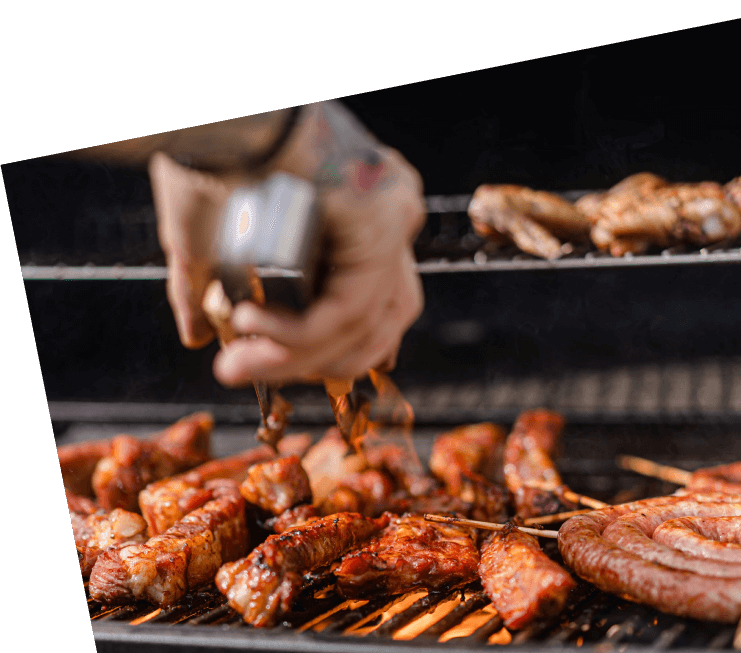
It’s one of the most frustrating experiences for a summertime griller— you are all ready to get those burger patties on the BBQ, but your gas or propane grill won’t ignite.
Well, the first step in this situation is to take a breath and approach the issue with patience. Even a brand new gas grill won’t light if something goes wrong, and many of the little working pieces that make a grill work can be jiggled loose or become corroded.
You will likely know almost immediately.
For a typical gas or propane grill, you can hear a distinct noise as you turn the ignition and the sparker comes to life. From there, a blue flame should be distributed evenly across all the burner spaces, in a vivid hue that flickers with little yellow tips.
The entire grill should begin heating up nearly instantly and you shouldn’t see or feel any spots without flame when on the full setting.
So, if this doesn’t happen, there’s something wrong with your gas grill. But not to worry— you are in the right place! Let’s go over the top three reasons for your gas grill not lighting, including the ignition function, fuel issues, or a different problem.
Safety First When A Gas Grill Won’t Stay Lit
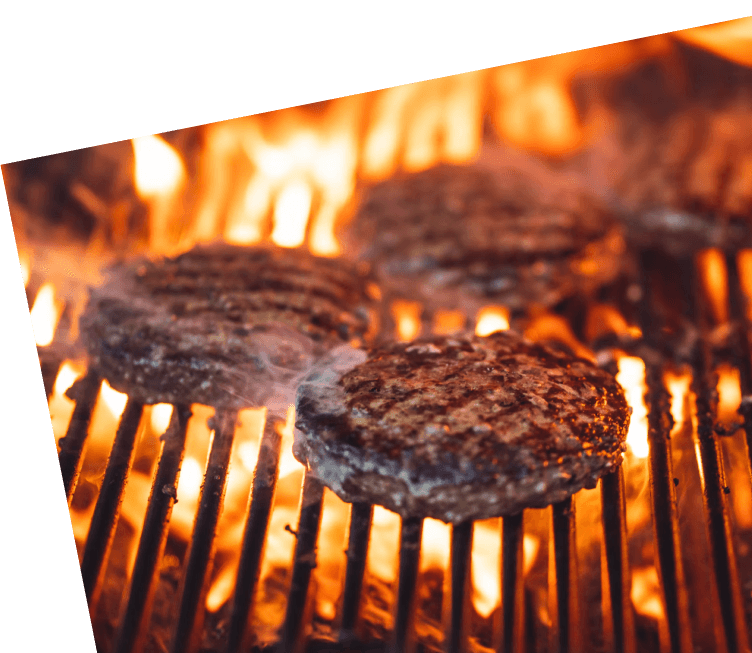
But before delving into the most likely causes of a faulty grill, let’s cover some safety considerations. Because you are working with a hot surface attached to flammable substances, it’s important to take your personal safety and the safety of your property seriously.

Make sure the entire grill unit has had an opportunity to cool down enough for you to touch it without being burned. This could take ten minutes or more, particularly if it was igniting but the grill won’t stay lit. You don’t want to suffer blisters and burns from accidentally touching a hot part of your gas grill!
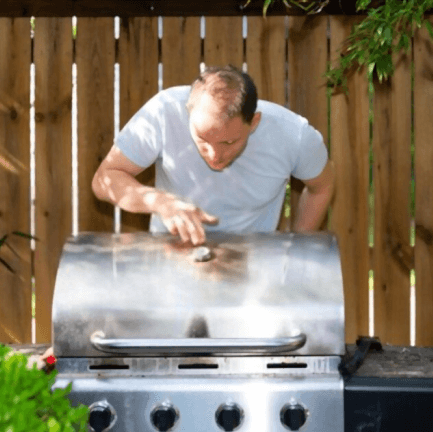
Additionally, if you intend to examine the fuel source, exercise caution around that portion of the grill, as well.
It’s best to initially remove the grill from its fuel source, whether that’s a propane canister or a natural gas line, until you have figured out the reason for its malfunction.
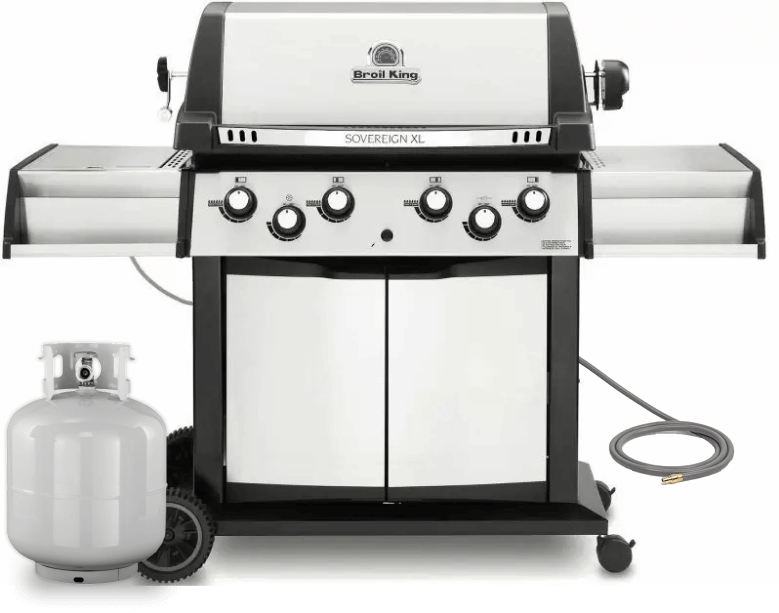
Also, make sure to unhook the propane tank from your grill or turn off the natural gas for about five minutes before taking a more inquiring look. This will give enough time for dangerous fumes from any leaky fuel sources to dissipate before you get up close with it!
1 Problems With Ignition
If you find yourself asking, why won’t my grill light— there is a good chance that your igniter is having issues. It’s one of the first parts on a grill to become faulty, mostly because it is in use every time you turn on the unit.
Most grills now have electric igniters, using a power source to get the sparks going. But if you have been using the gas grill for a while, it might have simply worn out in terms of battery life or loose wires.

Let’s delve into the most common problems with a gas grill not lighting that is caused by the ignition unit.
The Grill Igniter Battery Might Be Dead
When it comes to new gas grills, most are fitted with an electric igniter component that is powered by a battery. And though the battery lifespan on such units is typically quite lengthy, they still do run out of power.
If you suspect the battery is dead, reach underneath and pop open the battery canister to check. You can hook the old battery up to a charge detector to see if it has any juice left, but it might be best to just replace it, especially if it has been a while.
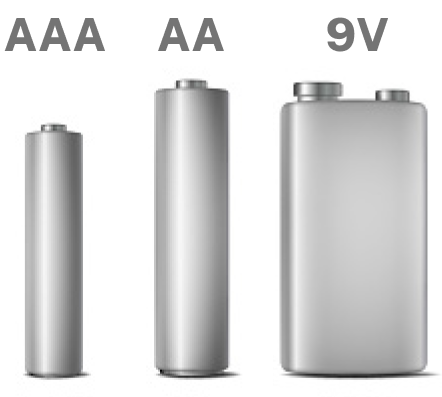
Most grills take an AA, AAA, or 9-Volt battery as a replacement, which is easy to pick up at your local hardware store.
Additionally, check the entire battery canister interior for signs of corrosion, rust, or leakage from the elements. Some batteries appear to be dead but require some deep cleaning inside the canister to keep connectivity high.
Dirt or Rust Might Be Blocking the Igniter Electrodes
When it comes to new gas grills, most are fitted with an electric igniter component that is powered by a battery. And though the battery lifespan on such units is typically quite lengthy, they still do run out of power.
If you suspect the battery is dead, reach underneath and pop open the battery canister to check. You can hook the old battery up to a charge detector to see if it has any juice left, but it might be best to just replace it, especially if it has been a while.
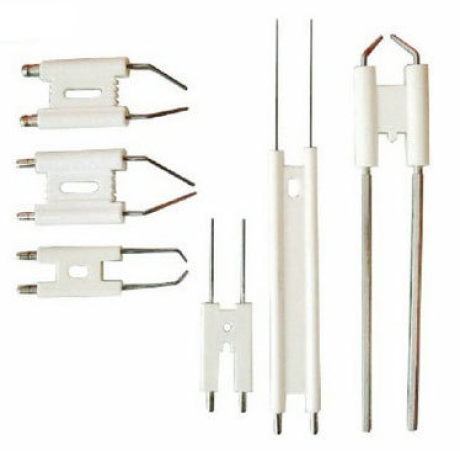
Most grills take an AA, AAA, or 9-Volt battery as a replacement, which is easy to pick up at your local hardware store.
Additionally, check the entire battery canister interior for signs of corrosion, rust, or leakage from the elements. Some batteries appear to be dead but require some deep cleaning inside the canister to keep connectivity high.
The Igniter Electrode Wires May Not Be Connected Properly
If debris and rust on the electrodes are not the culprits for your grill not lighting, it could still be an issue with its electrical connectivity.
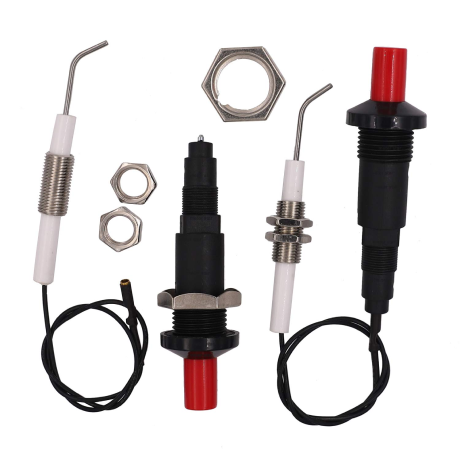
Most grills take an AA, AAA, or 9-Volt battery as a replacement, which is easy to pick up at your local hardware store.
Additionally, check the entire battery canister interior for signs of corrosion, rust, or leakage from the elements. Some batteries appear to be dead but require some deep cleaning inside the canister to keep connectivity high.
Loose Wiring
On occasion, moving your gas grill to a new location in your yard or even going through a storm with high gusts of wind is enough to jostle some wires loose and leave you with a grill igniter not working.
Even a fraction of separation between the wires and the electrodes can cause your grill to stop lighting!
The Ignition Module Might Be Faulty or Damaged
As it is virtually the brains of your grill’s operation, a faulty or damaged ignition module will not send the proper signals to the spark generator, even if the battery has been changed lately, and your grill won’t light.
To figure out what type you need for a replacement, check the grill’s instruction manual first so that you don’t end up buying the wrong one.
Luckily enough, if you simply need to replace your gas grill’s electric igniter module, the process is fairly easy and can be done by you within about an hour. Read on for a quick walkthrough of the process!
How To Replace Your Gas Grill’s Electric Igniter Module
- A drill bit set.
- Cordless drill
- Hole saw set
- New electric igniter
- A rotary tool with cut-off attachment
As the first step, unhook the old igniter from all wiring and set it aside for safe disposal. Then drill a beginning hole into your grill, making sure to check it for the igniter to fit, making sure it’s not near the gas line or propane attachment.
You should not have any trouble with finding a place for the new igniter to sit that is still within reach of the electrode wires. They generally stretch quite far, and as long as the new igniter is situated underneath the main panel of your gas grill, it should be smooth sailing!
Finally, pop in a new battery, replace the battery compartment cap, and connect the electrode wires. Your replacement igniter should work perfectly and spark up the grill just like new!
2 Problems With Gas or Propane
The second most common cause when a gas grill won’t ignite is due to the fuel source. Whether you use a natural gas line connection or propane tanks to power the grill, there could be an issue with the stuff that makes it work.
As was previously mentioned, undoing the gas source and letting your grill breathe is one of the best safety measures you can undertake, particularly if the fuel connection seems problematic.
But once you have taken the proper precautions for dealing with propane or natural gas, it’s time to ascertain the problem of “Why won’t my grill light?” Read on for the top three options for what could be at the root of the issue.
Low or Empty Gas/Propane Tank
First of all, is there enough fuel? It’s an easy enough mistake to make, and more grillers than not have gone to fire up the barbeque and be discouraged by it not lighting. So, before you worry about expensive maintenance steps or even finding a brand new gas grill, check the fuel source.
For propane grills, it’s easy as can be— just grab hold of the handle and hoist it up. An empty propane tank weighs significantly less than one that is full, at only about 17 pounds when the gas has run out.

If there is not enough gas in the tank, the ignition process might not be complete, which is why the propane grill won’t light. So, even if there’s a bit left, you should still get it refilled ASAP!
The Propane Tank Might Not Be Properly Connected
If your propane grill won’t light, there is a chance that the connection has come loose or was not properly attached in the first place. That is especially true for a gas source that is full but still not lighting.
Inspect the tank valve and make sure it is opened up fully— typically, this is done by twisting it counter-clockwise until the valve hits a stopping point. Additionally, make sure the threads are aligned properly and the socket connections have not slipped during previous use, as they can be a bit finicky!
Next, check for good gas flow by trying to light the grill burners by hand with a lighter or match. If they do not ignite manually, it’s likely that your gas line or tank has a blockage or leak to deal with instead.
The Propane Tank or Gas Line Has a Leak
This is the most serious option for why your gas grill won’t light, and if all previous methods have failed to spark a flame, then you should check for gas leaks right away.
The easiest way to inspect your hoses or connections for leakages is by applying a solution of soapy water to the entire length and looking for any bubbles forming across the surface of the pipe, created by fumes escaping from the line.
Add about 3 tablespoons of liquid dish detergent (like Dawn) into 1 quart of water, and mix well to combine. If you want to make the bubbles even easier to spot and prevent them from bursting before you see them, you can also add about 2 teaspoons of liquid glycerin to the mixture, but that is optional.

Then, spray or wipe down the entire gas length of the gas line or tank connection, then open the fuel source and leave it for a few minutes. If there are any leaks, you should notice groups of bubbles forming at rupture points as the escaping vapor pushes through the soapy mixture and creates frothy pockets.
If you do see bubbles forming along the gas line, it’s time to shut it all off and disconnect the grill before calling in the professionals. Either a certified mechanic or even a representative from your gas supplier should be able to attend to the issue and recommend steps to fix it safely.

Make Soapy Water
Add about 3 tablespoons of liquid dish detergent (like Dawn) into 1 quart of water, and mix well to combine

Spray or wipe down
Spray or wipe down the entire gas length of the gas line or tank connection, then open the fuel source and leave it for a few minutes.

Notice groups of bubbles forming
If there are any leaks, you should notice groups of bubbles forming at rupture points as the escaping vapor pushes through the soapy mixture and creates frothy pockets.
Just make sure you don’t try to use the fuel source until it’s fixed for good, as it can be very unsafe and volatile!
3 Other Potential Issues
While the most common issues to cause a gas grill not lighting involve the ignition or fuel source, there are three other potential causes to consider if all the previous steps have turned up as dead ends.
Dirt and Debris Blocking the Grill’s Burners
Depending on when you last deep-cleaned your grill, all sorts of buildup could be responsible for a gas grill not lighting.
From environmental debris like dirt and mud to food residue and burnt scraps, you might even have dead insects or cobwebs to blame for blocking the burner output.
You should be able to see the blockage pretty clearly as soon as the grate is taken away, and using a small, handheld vacuum to remove the largest chunks might be a good idea before getting in there and cleaning out the burner tubes and burner holes.
Weather
Though gas grills are generally touted as outdoor cookers, the seasons and weather changes might still negatively impact your ability to light it up and get grilling. But there are still some considerations for trying to use your gas grill even if the weather is not ideal for an outdoor barbeque.
Alternatively, insulating your gas line or tank with a proper grill cover during inclement weather can help keep the pressure normalized.
Another reason for a grill not working due to weather is because of excess moisture and issues with wetness or freezing. This is particularly true for a gas grill that is unprotected from the elements or condensation gathering and freezing within an uninsulated gas line.
But that is preventable by moving your gas grill to a protected area of your property and investing in protective coverings to keep the wind and rain out.
Problems With the Regulator
A key signal that something is going wrong with the regulator is a gas grill only produces a low flame before going out within a few seconds.
To fix this issue, turn off your gas source and uncouple the regulator line. Then, open up the grill lid and switch all the burners to “high” and let everything air out for about two minutes.
After waiting, you can reconnect the regulator coupler, tighten it up, and slowly release the fuel pressure again to reset it. If this method doesn’t work, it might be time to replace the regulator entirely, which is something easily done with a trip to the local hardware store and a set of adjustable wrenches!
Potential Replacement Parts
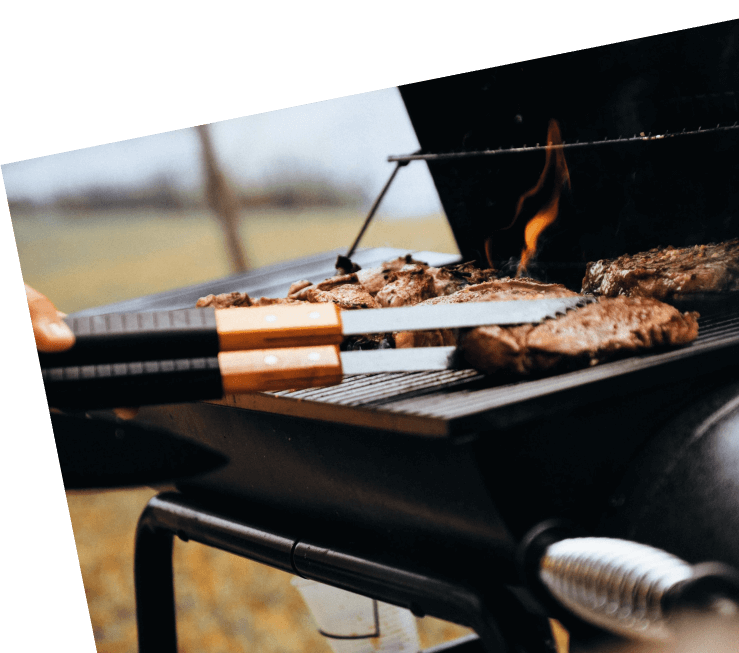
Grills need replacement parts from time to time, but thankfully, such components are generally easy to find and fairly cheap to purchase. Of course, if your gas grill is an incredibly old model, or in very bad condition, parts might be harder and more expensive to source.
Read on for a compilation of the most common grill replacement parts that you might need to purchase for your gas grill that won’t light.
The surface that food ingredients go on during cooking, many grillers notice flaking or residue as they get older. After an easy replacement, make sure to grease your grate to prevent future cracking.
Lifespan: 3 – 10 years
Cost: $25 – $150

Without routine maintenance like unclogging the burner holes, you might find yourself replacing burner tubes more frequently than necessary. Avoid this by scrubbing down your burners and removing blockages.
Lifespan: 2 – 10 years
Cost: $10 – $60
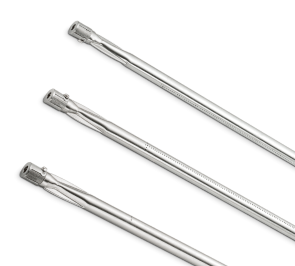
Burner covers are essential for preventing grease flare-ups while cooking, and for maintaining a clean grilling unit, so make sure they don’t get damaged or go missing!
Lifespan: 2 – 8 years
Cost: $5 – $30
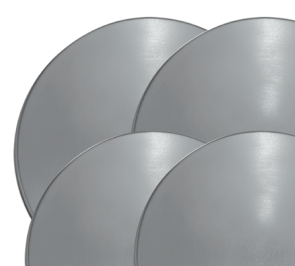
From battery concerns to loose wires, your grill’s igniter might require adjustments or upgrades for certain components. But luckily, most small fixes are fairly inexpensive when caught in time.
Lifespan: 2 – 8 years
Cost: $10 – $190

For most grillers, keeping the fuel devices and connections well-maintained is essential to barbeque safety. As such, fixing or replacing the hose or regulator is an important part of grill ownership.
Lifespan: 10 – 15 years
Cost: $250 – $330
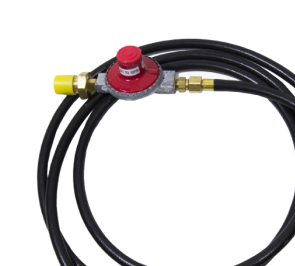
True to their name, these components control the gas flow into your grill and are important to keep in working condition to prevent fuel flares or leaks.
Lifespan: 8 – 10 years
Cost: $5 – $35
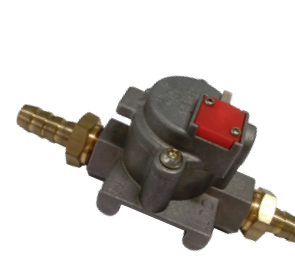
One of the main parts of your gas grill, burners should last at least 5 years and often have warranty programs as guarantees. But if they begin to break, replacement is necessary.
Lifespan: 5 – 10 years
Cost: $20 – $100
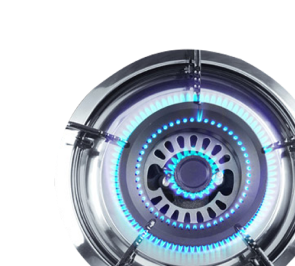
On a fancy gas grill, you might have an infrared radiant or heat barrier to help with the cooking. And, like other parts of the unit, they could become faulty and need replacement.
Lifespan: 3 – 7 years
Cost: $25 – $90
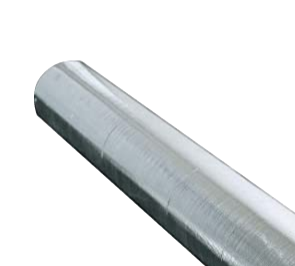
Solutions
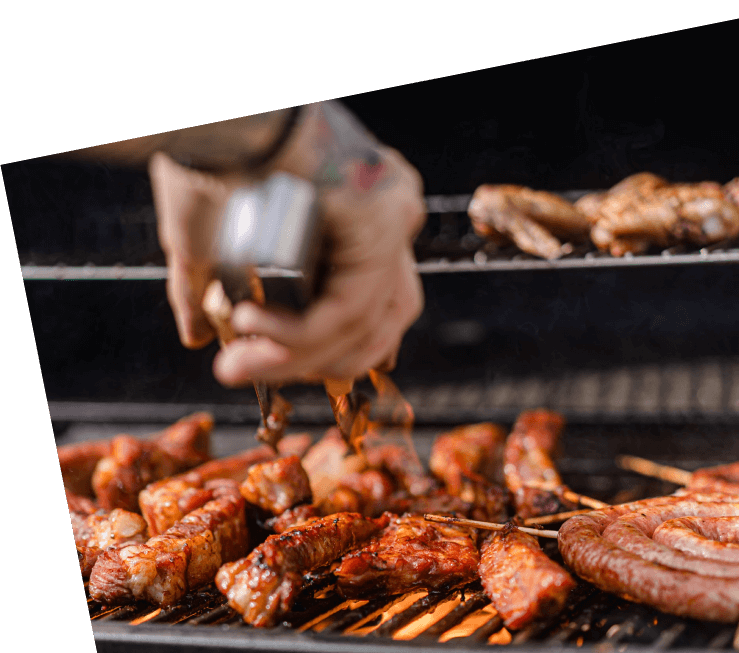
Finally, when you have determined the issue and what is preventing your gas grill from lighting, it’s time to tackle the problem. But how you do so is important— do you feel confident enough for some DIY tasks, or is it a job for a trained professional?
Ultimately, you might even need to purchase a whole new grill, particularly if the restoration costs are high and the unit is old. The choice is yours!
1 Fixing the Issue Yourself
Before pulling on your work gloves, it’s wise to make sure you fully understand the problem at hand. Do plenty of research online and find credible sources that describe the issue to familiarize yourself, and it should be a fairly smooth process.
Another word of advice is to ensure you have all the tools and components for the repair on hand before you start. It’s too much of a hassle to get halfway through the process before realizing that you forgot to order the correct replacement tube or wires!
And lastly, don’t forget to gear up— safety goggles, gloves, and other precautions are essential, as well as switching off the gas and disconnecting it before starting any repairs.
2 Hiring a Repairman
Though you can fix many issues with a gas grill yourself, it’s particularly important to call in a repair professional if the issue has to do with the fuel lines or a gas leak.
You can generally find reputable local repairmen through an online search for a decent price. Make sure to read the reviews before booking, though!
3 Replace Your Gas Grill
Gas grills only last about 5 to 15 years before they should be replaced. This is particularly true for a unit that is too old, too damaged, or would cost too much money to get repaired.
If you do need to replace your gas grill, consider one of our most popular models that customers around the country rely on, including any of the following units.
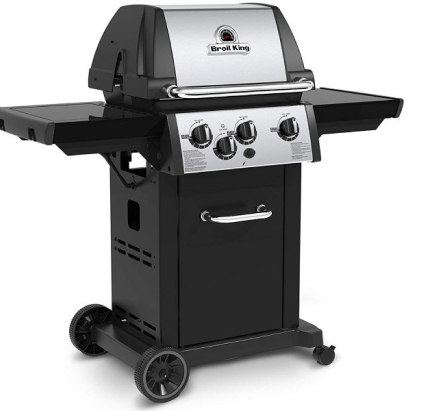
MODEL
834264, 834267
FUEL TYPE
Natural Gas/Propane
TOTAL GRILLING ARE
520 Square Inches
Compact but able to take on your grilling needs, this unit is a portable propane model that offers both main and secondary grill surfaces with excellent heat dispersion, while still being mobile enough to take with you!
https://grillio.com/monarch-340-3-burner-freestanding-gas-grill-with-side-burner
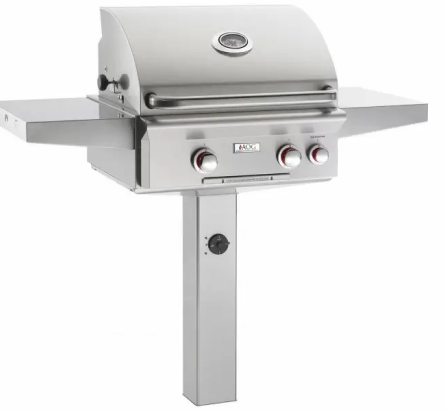
MODEL
24NGT/NPT
FUEL TYPE
Natural Gas/Propane
TOTAL GRILLING ARE
548 Square Inches
Complete with a rotisserie and backburner unit, this freestanding gas grill is a great option for large spreads and complex dishes, all roasted or seared to perfection.

MODEL
H790i Series
FUEL TYPE
Natural Gas/Propane
TOTAL GRILLING ARE
1,080 Square Inches
If you are looking for the perfect built-in gas grill, this could be the perfect model for you. With a rotisserie function and glass viewing window, you never have to worry about steaks or a roast chicken burning again!
Conclusion
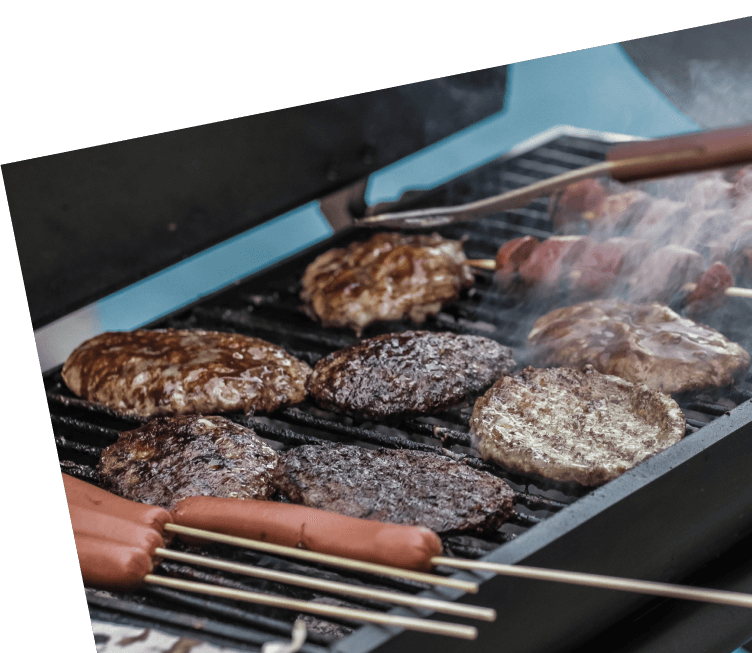
Being faced with a gas grill that just won’t light is not only problematic for any outdoor cooking plans you might have had, but is also a frustrating experience. But thankfully, the culprit behind a grill not igniting might be as simple as a dead battery or loose wiring.
And with the steps outlined previously, you should be able to take apart your grill and determine the issue. Worst case scenario— it’s time to start shopping for a new barbeque, but don’t give up on your DIY skills just yet!
Key Questions
- What is the first step you take if your gas grill won’t light?
- What are some safety precautions you should take before trying to fix it?
- How do you safely remove your propane tank from your grill?
- What are some issues with the igniter that could be the source of the problem?
- How do you check the fuel in your gas grill?
- How can you check to see if yor gas line or propane tank has a leak?
- What are some other potential issues that may be causing your grill to not light?
- How can you tell if your regulator is the source of the problem?
- What are some common replacement parts you may need for your grill?
- How can you fix your grill yourself?
- What are some other solutions for fixing your grill?
- What are some great replacement grill options?